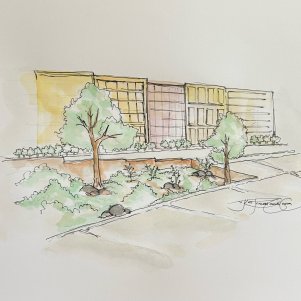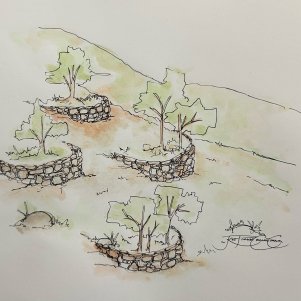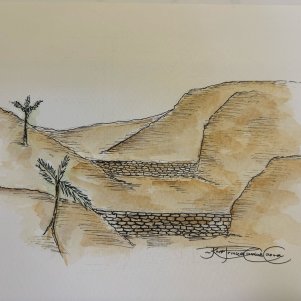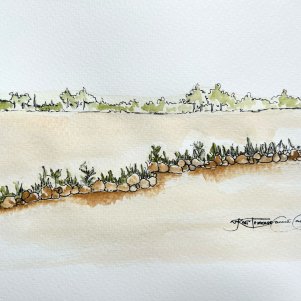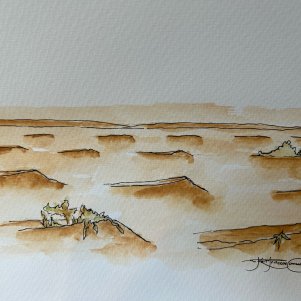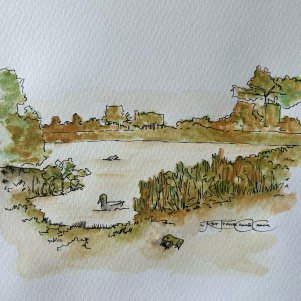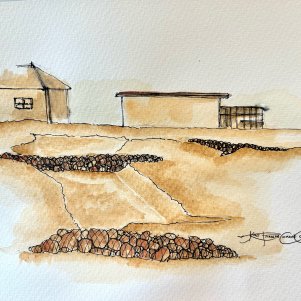Resilient water management on a watershed scale
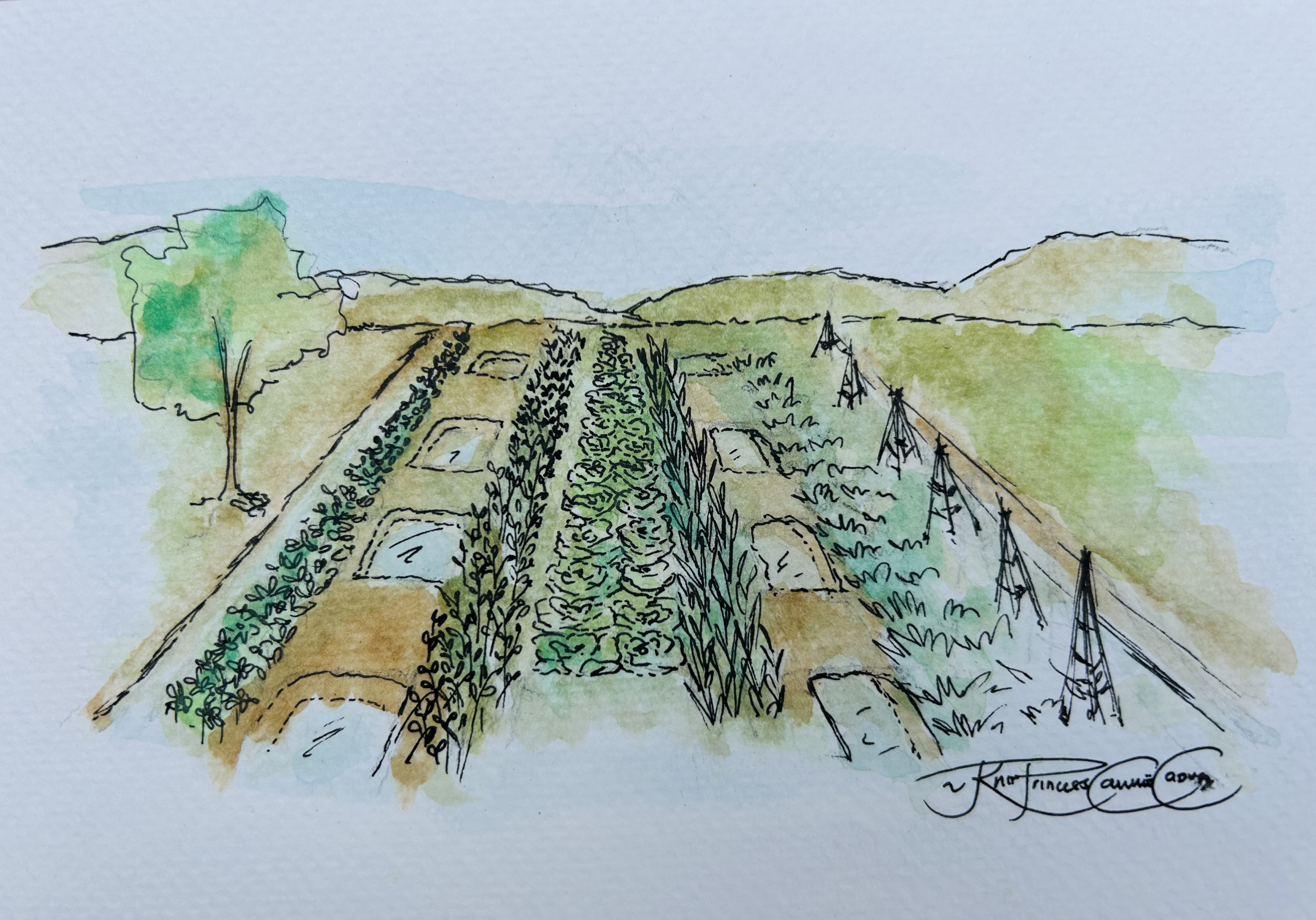
One of the consequences of climate change is the intensification of extreme phenomena, and rainfall is no exception. More and more extreme rainfall events are bound to hit our territories, creating floods in rivers and lakes, mudslides and even debris flows in the most extreme cases, and widespread flooding.
Faced with these climatic hazards and their consequences, one of the most promising solutions is integrated stormwater management on a watershed scale. This involves considering the water cycle as a whole, from the point at which the raindrop falls, to its runoff, temporary storage and, finally, discharge into an outlet and/or infiltration into the aquifer.
Taking this holistic view of the water cycle as a starting point, making a region resilient to extreme weather means slowing down the cycle and reducing bottlenecks. To achieve this, the solutions generally recommended are :
- ground cover (vegetation, mulching)
- soil relief / runoff slowing (ditch, erosion barriers, trenches, gabions)
- land segmentation (bocage, terrace)
- creation of rainwater storage buffers (gully, vegetated roofs, depressions, retention ponds, catchment tanks)
- widening major river beds (flood plains)
- infiltration of precipitation (infiltration wells, filter trenches, retention ponds and slow infiltration)
All the reference documents quoted and others are available here

